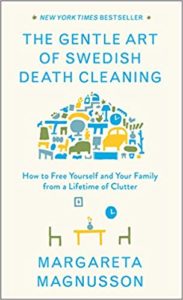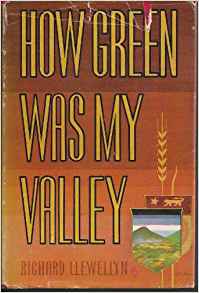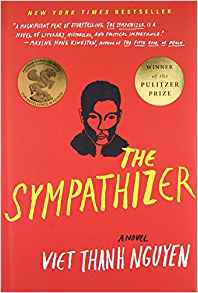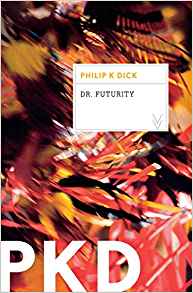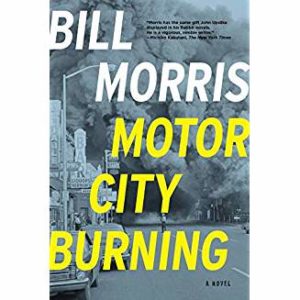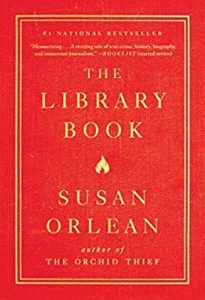Steven Galloway | Fiction
![]()

For four years beginning April 1992, the city of Sarajevo was under siege from the Bosnian Serb Army. Shelling and shooting at the civilians of the city from the surrounding hills, the criminal army averaged 329 shells per day, and killed or wounded tens of thousands of civilians.
One day, 22 people are killed while waiting in line for a loaf of bread. The cellist decides to play his cello at the spot of the massacre at 4 pm for 22 days. We each have our gift to give.
This is not the story of the siege. It is a novel about four people who lived through this time, the cellist, a counter-sniper, the man trying to get to the bakery, and the man on a journey to fill his family’s water bottles. The walkers move in and out of the line of possible sniper fire as they travel what remains of the streets of their beloved city.
This is one one the best books I’ve read. It is profound, startling, gripping, beautiful. We encounter the humanity of these characters, and truly feel their fear, their desire to find grace and meaning, their passionate urge to remain human.
It is well written, short, and with gorgeous visual images. I highly recommend it.
Gratitude to Rene for reading and recommending this book while we were in the Galapagos.

